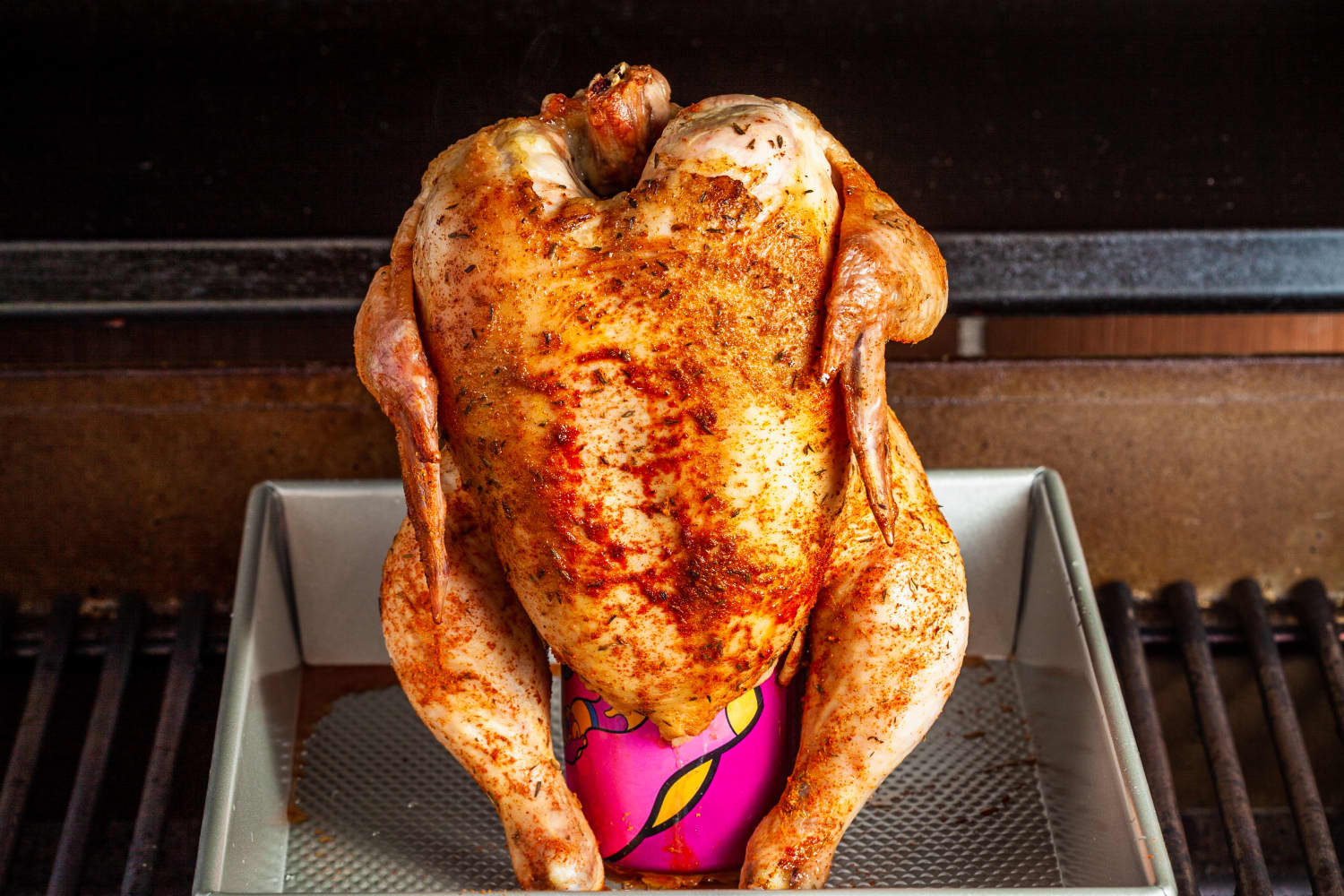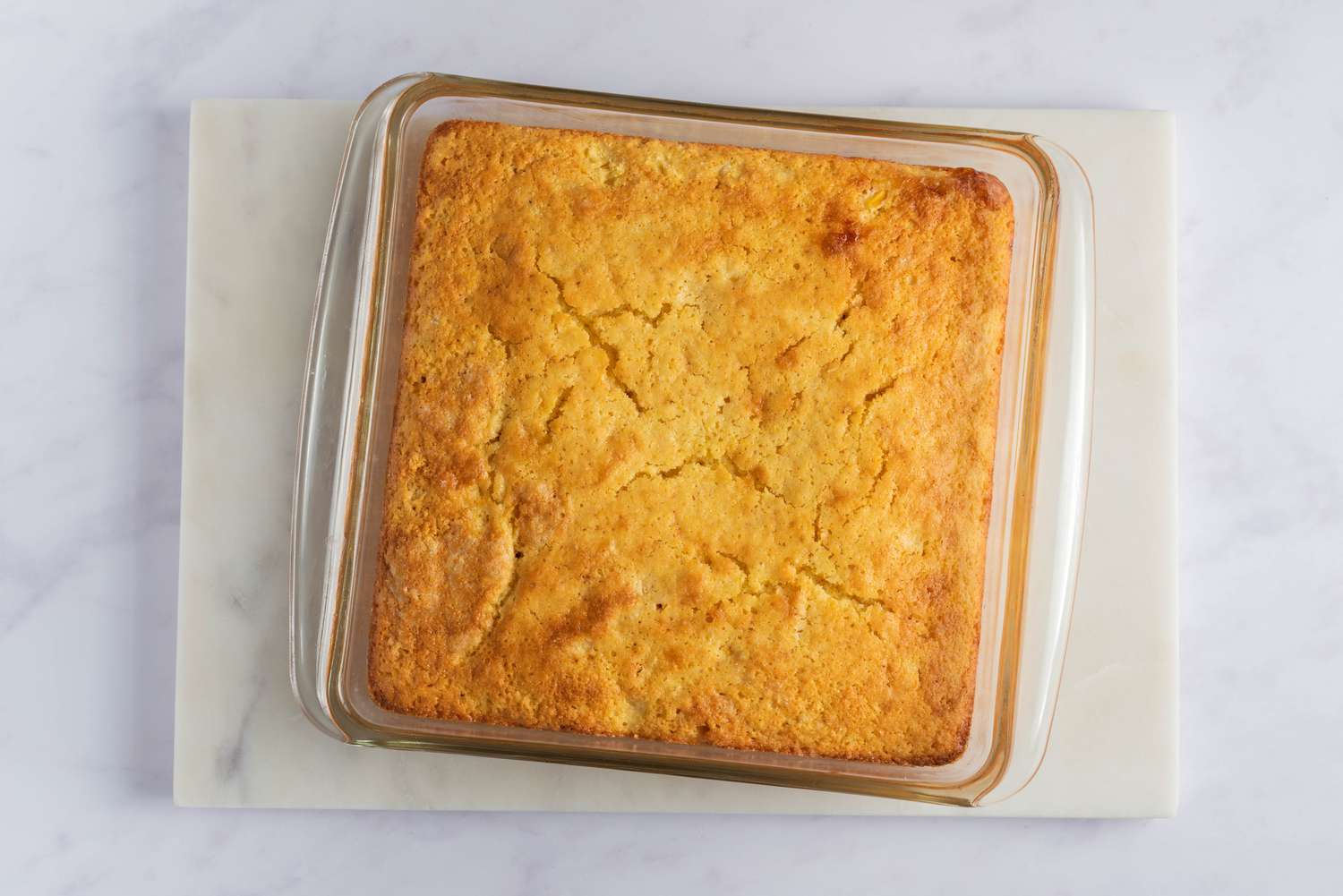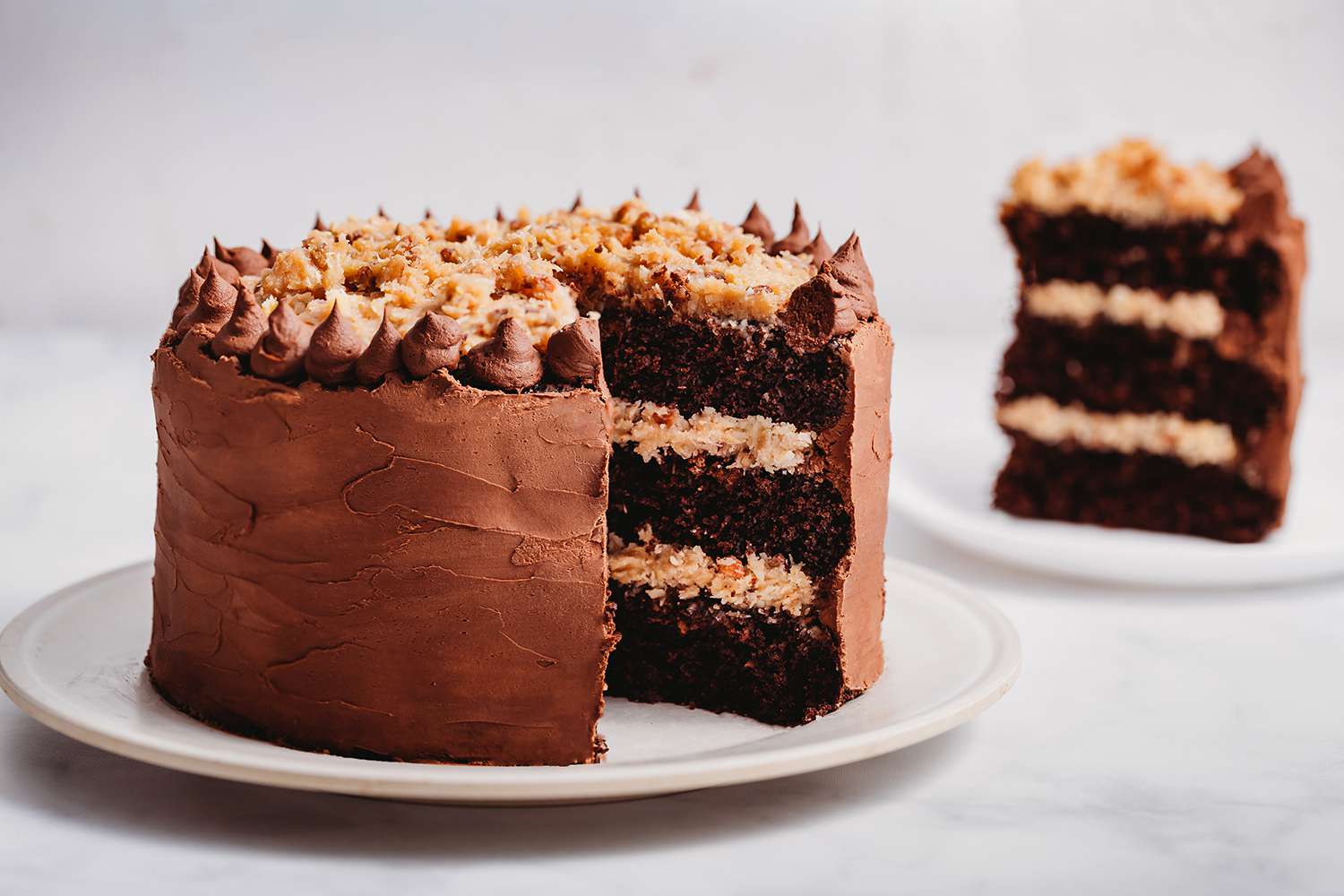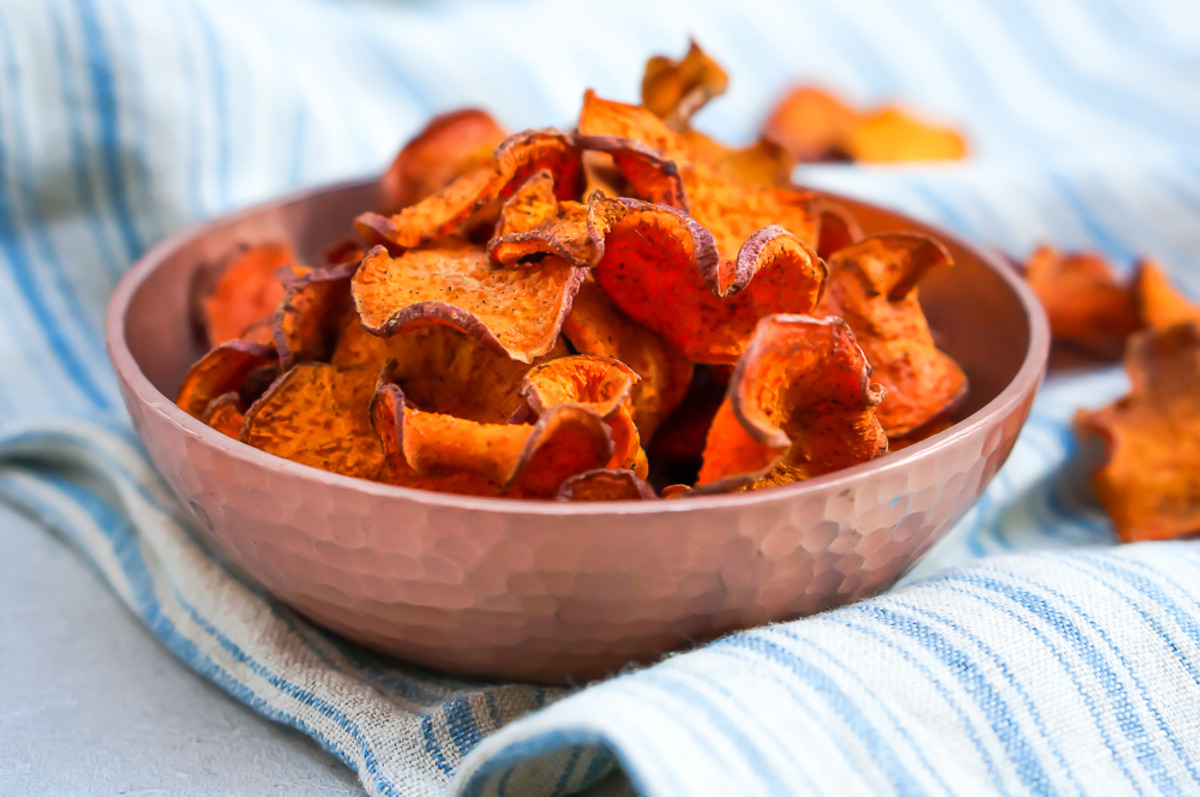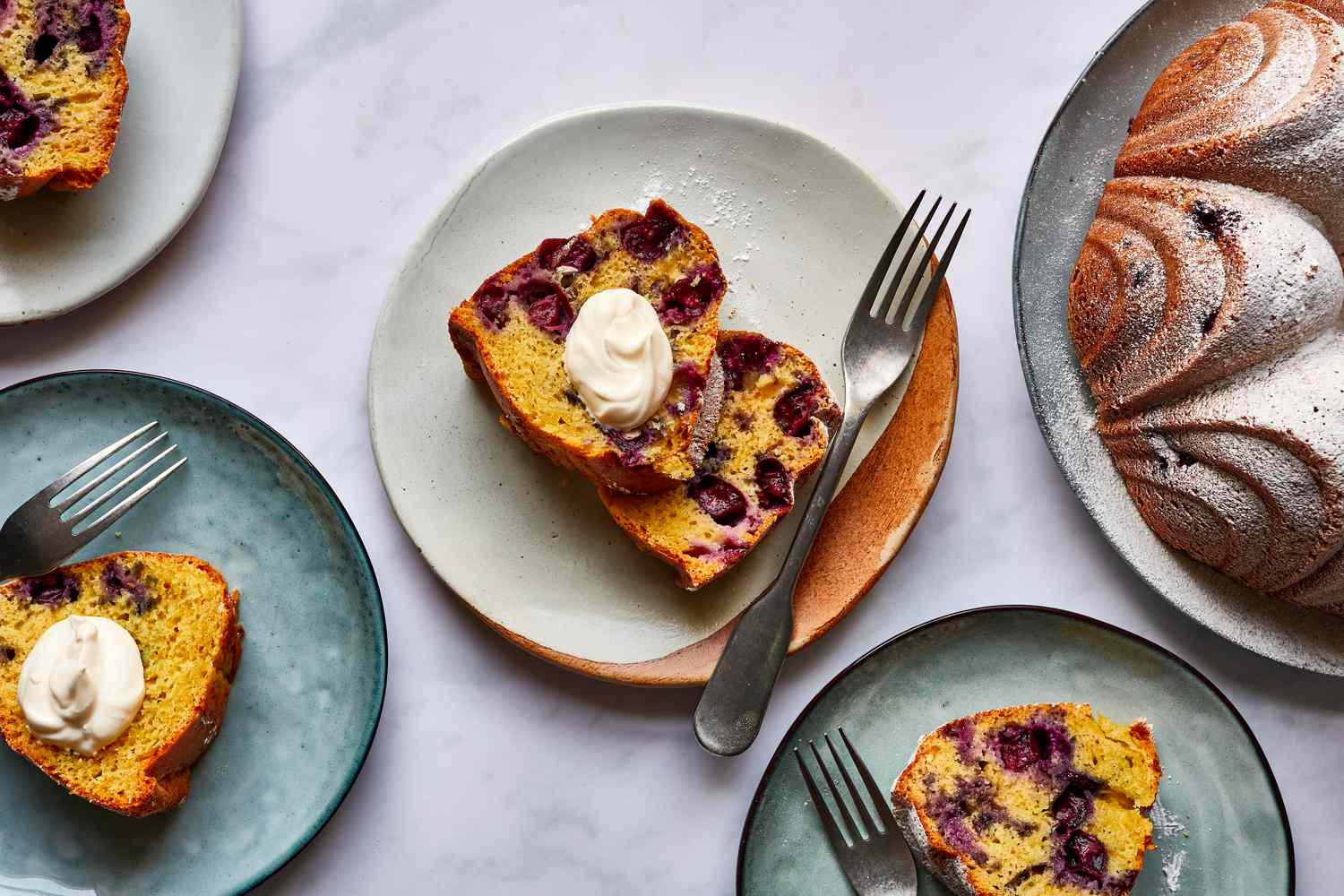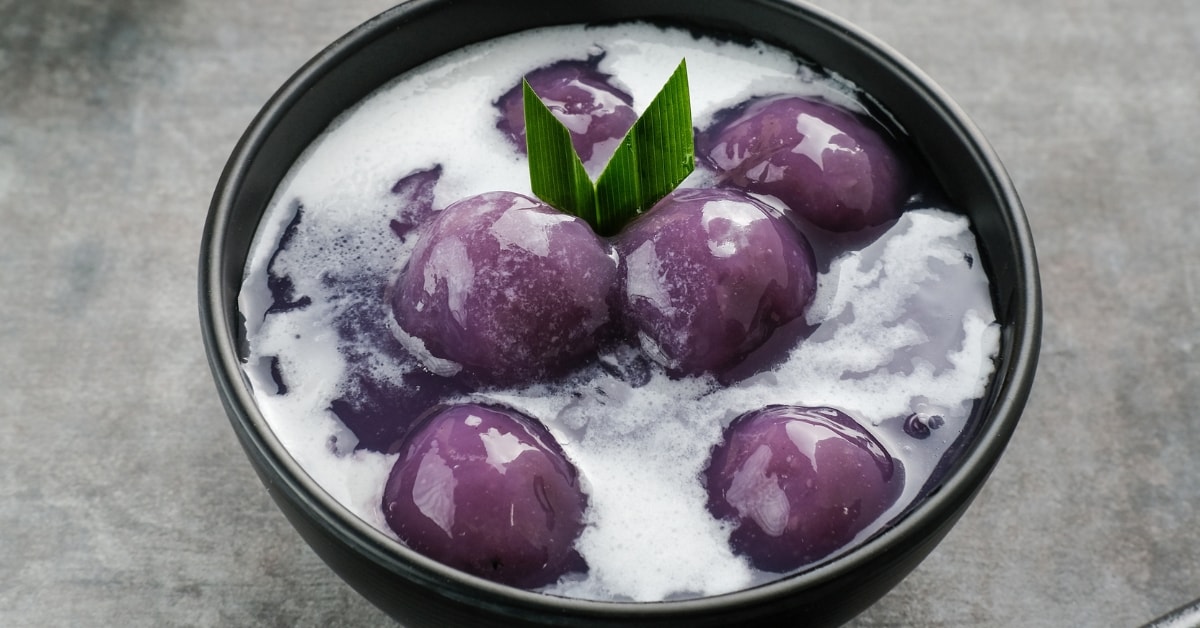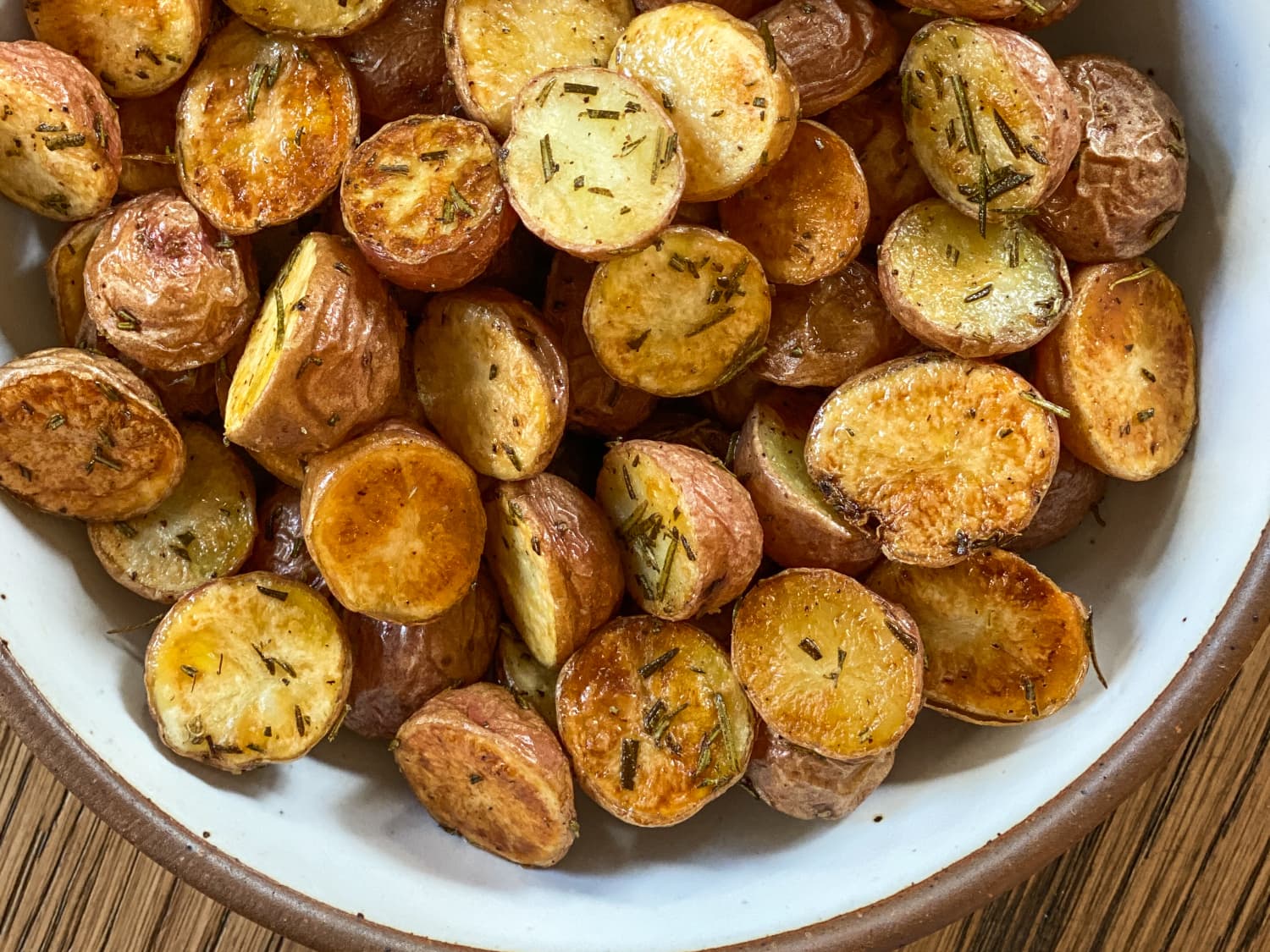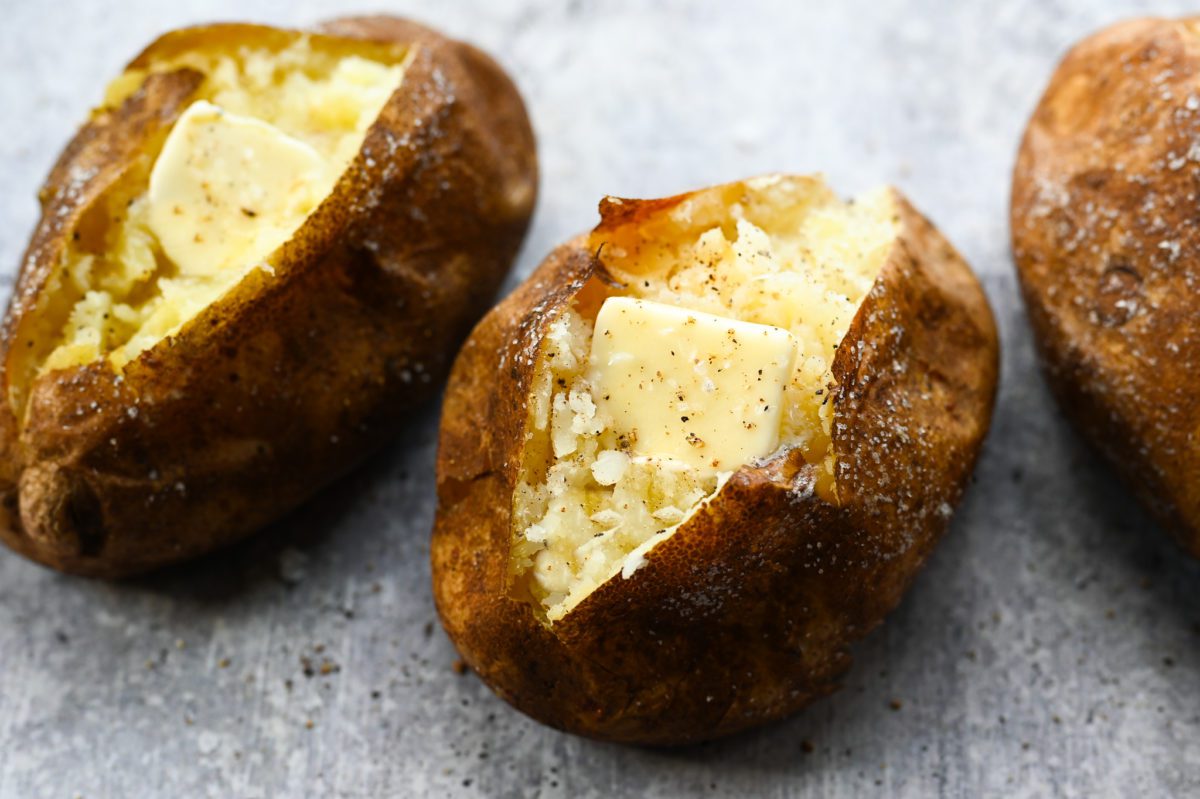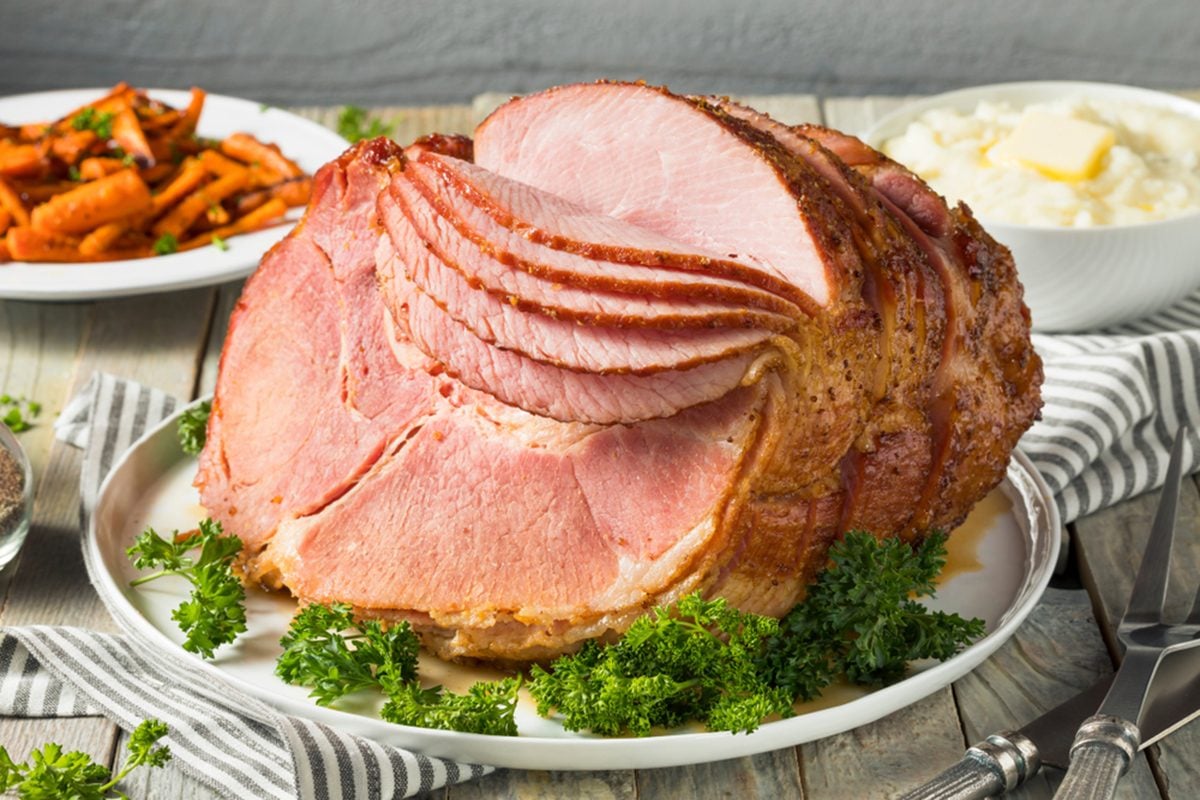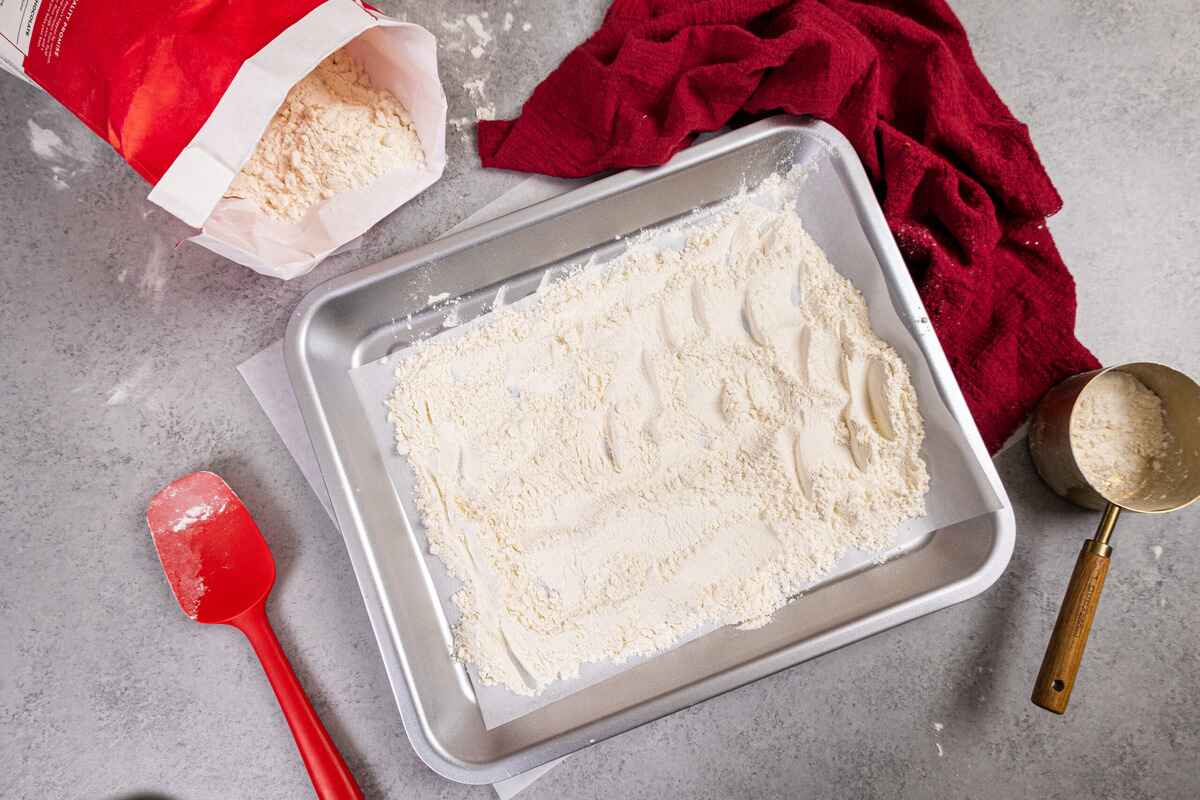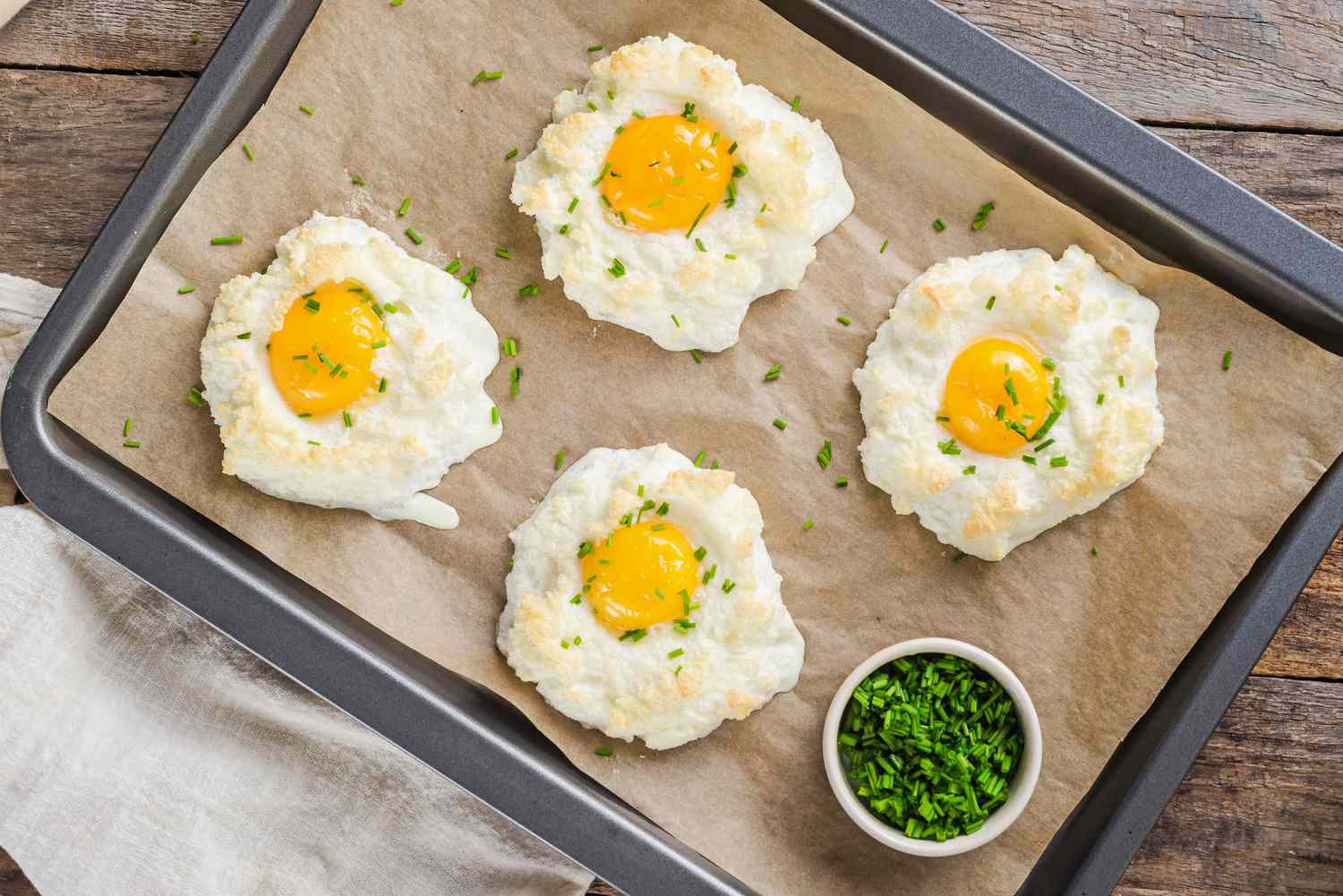Have you ever dreamt of making perfect macarons at home? Look no further, because we’re about to unveil the secret recipe and tips from a pastry chef that will guarantee success. Get ready to impress everyone with your homemade macarons!
Making macarons can be an intimidating task, but with the right techniques and a little practice, anyone can achieve bakery-worthy results. Follow these steps recommended by our expert pastry chef and become a macaron master in no time:
1. Gather Your Ingredients
Before you begin, make sure you have all the necessary ingredients for macaron success. You’ll need:
- Almond flour
- Confectioners’ sugar
- Egg whites
- Granulated sugar
- Food coloring (optional)
- Buttercream or ganache for filling
2. Measure and Sift
Precise measurements are crucial when it comes to macarons. Measure your almond flour and confectioners’ sugar accurately, and then sift them together into a bowl. This step ensures that your macaron shells will be smooth and free of lumps.
3. Beat the Egg Whites
In a separate bowl, beat the egg whites until they reach stiff peaks. Gradually add the granulated sugar while continuing to beat until the mixture becomes glossy and forms firm peaks. This is known as the meringue stage and is essential for the structure of your macarons.
4. Fold in the Dry Ingredients
Gently fold the sifted almond flour and confectioners’ sugar mixture into the meringue. Use a spatula and make sure to incorporate the dry ingredients evenly. Be careful not to overmix, as this can result in flat macarons.
5. Pipe and Rest
Transfer the macaron batter into a piping bag fitted with a round tip. Pipe small circles onto a baking sheet lined with parchment paper or a silicon mat. Remember to leave space between each macaron as they will spread slightly. Once piped, tap the baking sheet gently on the counter to release any air bubbles. Let the macarons rest for about 30 minutes to form a smooth, dry skin on the surface.
6. Bake to Perfection
Preheat your oven to 300°F (150°C). Bake the macarons for approximately 15-18 minutes, rotating the baking sheet halfway through. The shells should be crisp on the outside and slightly chewy on the inside. Every oven is different, so keep a close eye on them to avoid over or under-baking.
7. Fill and Enjoy
Once the macaron shells have cooled completely, carefully remove them from the baking sheet. Match up the shells of similar sizes and pipe a small amount of buttercream or ganache onto one half. Sandwich it with another shell, gently pressing down to create the perfect macaron. Let them sit for a few hours or overnight to allow the flavors to meld together.
Voila! You’ve just made perfect macarons at home, following the expert advice of our pastry chef. Now it’s time to indulge in these delightful treats or share your creations with loved ones. Remember, practice and patience are key, so don’t be discouraged if your first attempts aren’t flawless. Keep refining your technique, and soon you’ll be a macaron maestro!
Was this page helpful?
Read Next: How To Make A Leaf Pie
